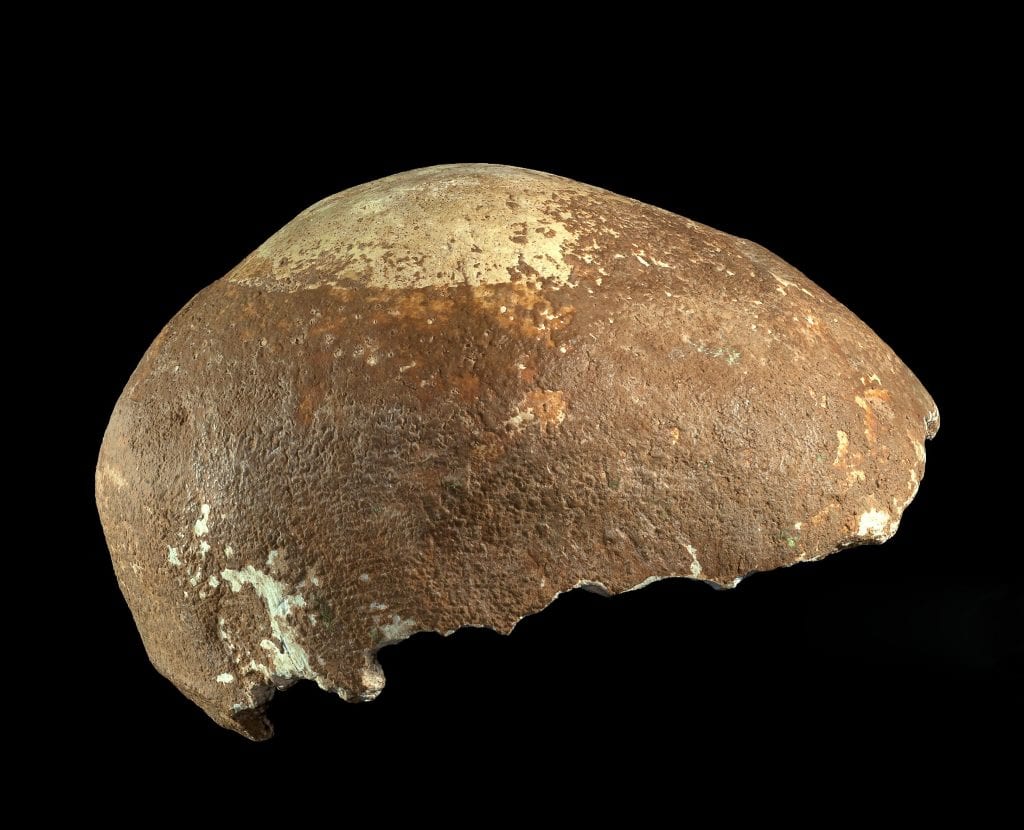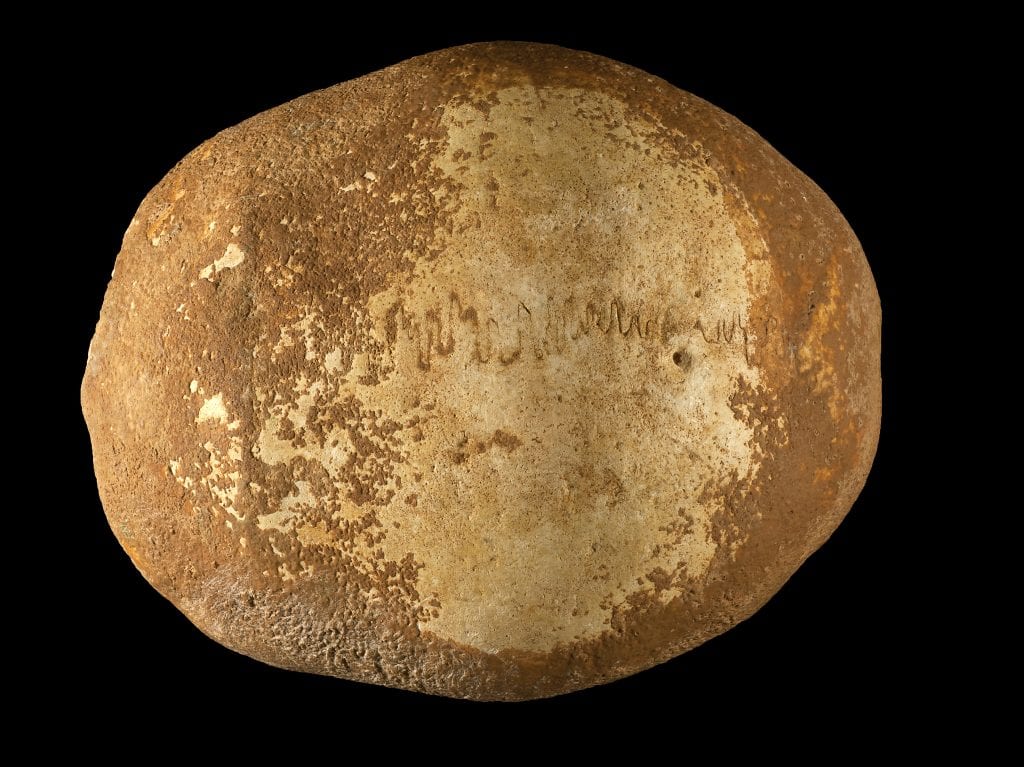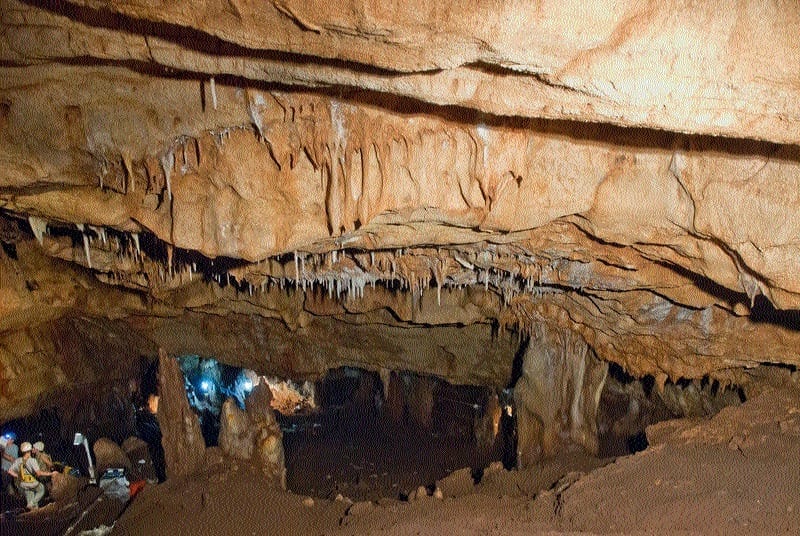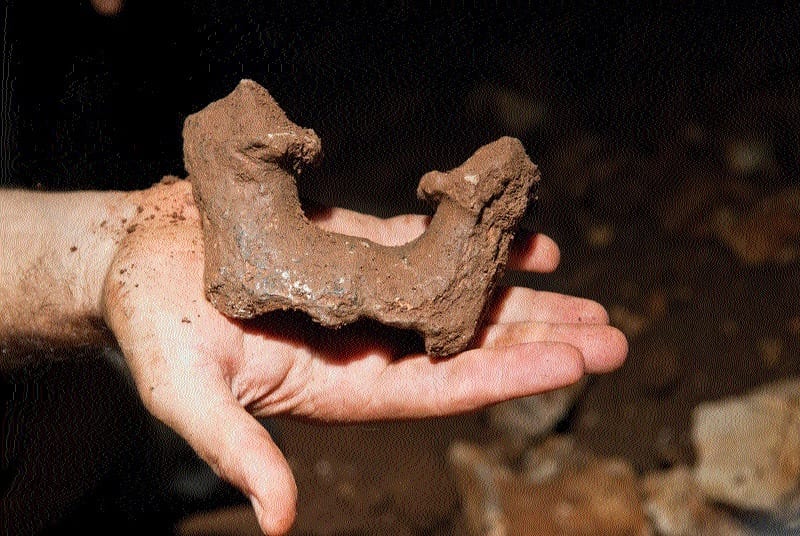Researchers from Tel Aviv University, Ben-Gurion University of the Negev and the Israel Antiquities Authority (IAA) announced Wednesday that they had uncovered a 55,000-year-old human skull which supports current theories of modern human evolution and migration. The skull, found in the Dan David-Manot cave in the Western Galilee, is anatomically similar to that of modern humans.
The research team is headed by Professor Israel Hershkovitz, Dr Omry Barzilai and Dr. Ofer Marder, and funded by the Dan David Foundation, Israel Academy of Sciences, Irene Levi Sala CARE Archaeological Foundation, Leakey Foundation and the IAA.

It includes researchers from the Geological Survey of Israel, Weizmann Institute of Science, Hebrew University, University of Haifa, University of Vienna, Harvard University, Case-Western University, Max Planck Institute for Evolutionary Biology, Columbia University and Simon Fraser University.
The team called the discovery “one of the most important discoveries in the study of human evolution” in the latest issue of Nature Magazine.

Research on human evolution has gained attention since the publication of Charles Darwin’s On the Origin of Species in 1859. Breakthroughs in the field of physical anthropology and the incorporation of genetic testing resulted in the development of two major hypotheses: that modern humans originated from a core population in East Africa 200 thousand years ago, arriving in the Middle East some 100 thousand years ago; and that today’s population stems from a later wave of migration that took place 65 thousand years ago. The former hypothesis has support from the fossil record, but the later has had no physical proof until now.
Geneticists have claimed that this second wave of modern human migration displaced the indigenous Neanderthal populations in the Old World. One of the migratory routes would have taken these early modern humans through the Levant (the Mediterranean basin), which is the only land crossing between Africa and Europe, but until now, there were no known modern human remains which could be dated to the period of the supposed migration, between 65 and 45 thousand years ago.
The skull was discovered on a bedrock ledge in a chamber in the center of the cave. Using uranium-thorium dating methods to measure the age of cave deposits lining the inside and outside of the skull, it was found to be 55,000 years old. The shape of the skull shows a distinct relationship to both African skulls of today and European skulls of early modern humans.

The cave itself in which the skull was found is an active stalactite cave which was uncovered by chance by a bulldozer during construction in 2008. It is located 40 kilometers (almost 25 miles) northeast of the Mt. Carmel prehistoric caves.
Five seasons of excavations at the site have yielded the remains of several prehistoric cultures. Now, preparations are being made by The Ma’ale Yosef Regional Council, Moshav Manot and the Jewish National Fund to open the site to the public.
The evolution of man and the dating of the universe have long presented a challenge to the Biblical record. Adding the generations which appear in the Bible, less than 6,000 years have passed since the creation of the first Man, yet scientists date the universe at some 14 billion years.

Some scientists, however, such as well-known Jewish physicist Gerald Schroeder, have used modern scientific theories of space and time to demonstrate that in fact nearly 14 billion Earth years passed during the six days of Biblical creation.
Time as we know it, Schroeder argues, is only measured beginning with Adam. He adds that although Adam was the first human to have a soul, he was not the first intelligent hominid (two-legged, human-like creature). Perhaps this skull belongs to one of those hominids who preceded Adam and Eve.







